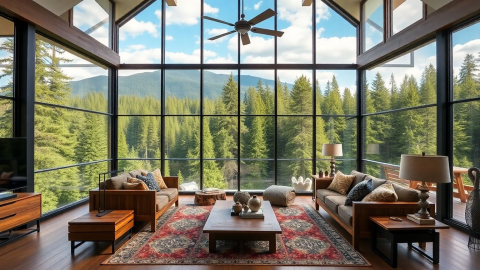Inspiring Indoor Plant Decor: Transforming Spaces with Nature's Touch
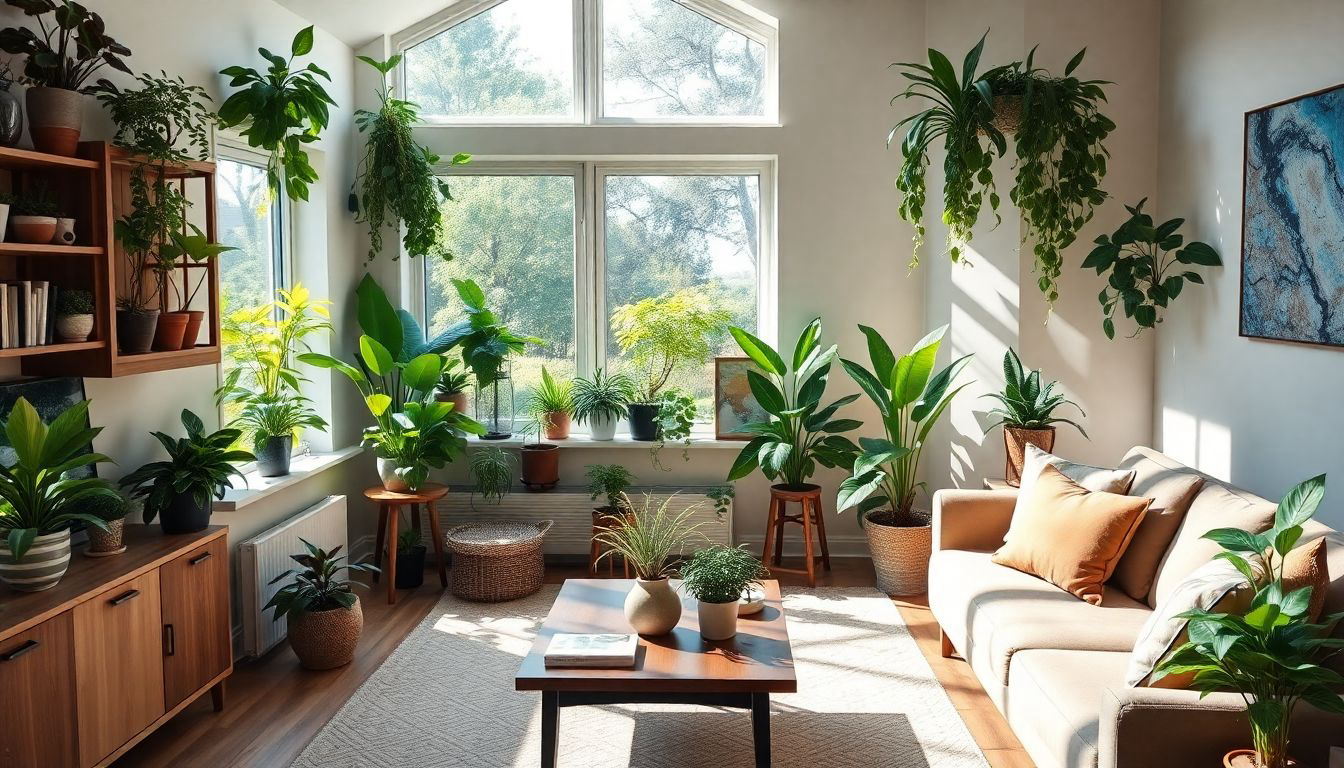
Houseplants have surged in popularity, with 70% of millennials identifying as 'plant parents' and a notable 18% increase in demand during the recent global health crisis. This trend reflects not just a desire for greenery but a deeper need for connection with nature, enhanced wellbeing, and the joy of nurturing life within our homes. As we delve into the world of indoor plant decoration, we'll explore how these living elements can transform our living spaces, offering both aesthetic appeal and mental health benefits.
The Art of Plant Placement
Strategic placement of indoor plants can significantly enhance the ambiance of any room. According to Justin Hancock from Costa Farms, the trend of 'gardenettes'—small, curated collections of plants on tabletops or windowsills—has gained traction. These micro-gardens not only provide visual interest but also foster a sense of accomplishment and responsibility, as noted by The Psychology of Houseplants. When arranging plants, consider their natural habitats; for instance, ferns, which thrive in humid environments, can add a touch of lushness to bathrooms or kitchens. Conversely, plants like the snake plant, praised for its air-purifying qualities, can be placed in areas with lower light, enhancing air quality while requiring minimal care.
Creative Containers and Displays
Choosing the right pot isn't just about functionality; it's about creating a harmonious visual dialogue between the plant and its container. The article 30 Times People Paired Plants And Pots So Perfectly showcases how creative potting can elevate the aesthetic of indoor plants. From repurposing everyday items like salad dishes or wine coolers to selecting pots that complement the plant's color or texture, the possibilities are endless. Jane Perrone, an expert in plant care, emphasizes the importance of matching pot size to the plant's root ball to prevent root rot, suggesting that even thrift store finds can be transformed into stunning plant homes with a bit of creativity and a drill.
Plant Care Essentials for Thriving Indoor Gardens
Maintaining healthy indoor plants requires more than just watering them occasionally. The article 8 Essentials for Healthy Indoor Plants outlines key care tips, such as ensuring good ventilation and natural light, avoiding overwatering, and using the right soil mix. For those new to plant care, selecting low-maintenance plants like succulents or air plants can be a great starting point. Additionally, understanding the specific needs of each plant, from light to humidity, can make all the difference in their growth and longevity. Regular cleaning of leaves, as suggested by Naomi Wynn, not only keeps plants looking vibrant but also aids in their photosynthesis process, contributing to their overall health.
Emotional and Mental Health Benefits
Indoor plants do more than beautify our spaces; they play a crucial role in our mental and emotional wellbeing. Studies cited in The Psychology of Houseplants show that plants can reduce stress, improve mood, and enhance focus. The act of caring for plants can provide a sense of calm and tranquility, offering a daily reminder of growth and renewal. This connection to nature, even within the confines of our homes, helps us feel more grounded and less isolated, particularly in urban environments where nature is often at a premium.
Conclusion
Indoor plant decoration is not merely about adding green to our interiors; it's about creating a living, breathing space that reflects our personal style, fosters wellbeing, and connects us with the natural world. From the strategic placement of plants to the artful choice of containers, from understanding plant care essentials to appreciating the psychological benefits, each element plays a part in crafting an inspiring indoor environment. As we move forward, the trend of incorporating plants into our homes will likely continue to grow, driven by both aesthetic desires and the profound need for nature's touch in our daily lives.
References
- "These Are the 5 Houseplants Everyone Will Have by the End of 2023" by Cori Sears (Apartment Therapy)
- "5 Houseplant Trends That Promise to Spark Delight" by Melissa Breyer (Treehugger)
- "30 Times People Paired Plants And Pots So Perfectly, They Just Had To Share" by Gabija Palšytė (Bored Panda)
- "8 Essentials for Healthy Indoor Plants" by Naomi Wynn (Houzz)
- "The Psychology of Houseplants: How They Affect Our Wellbeing" by Psychology Today
More Articles
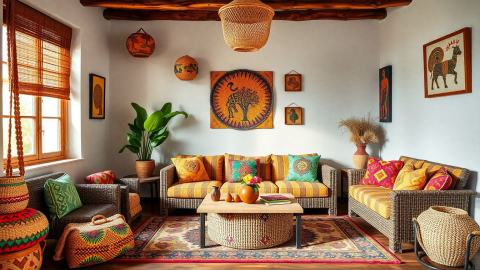
The Soul of Africa: Embracing Vibrant Design in Modern Interiors
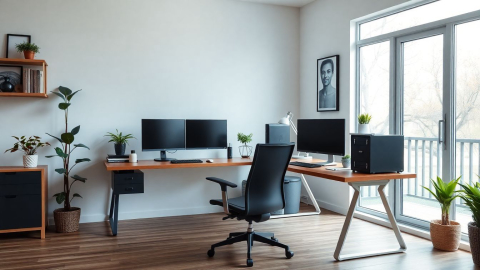
Inspiring Modern Home Office Design for 2024: A Comprehensive Guide

The Haunting Allure of Gothic Architecture: A Journey Through Time and Aesthetics
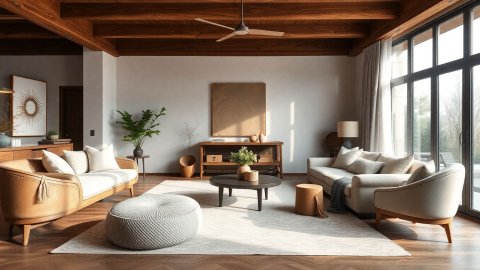
The Art of Nouveau: Crafting Timeless Elegance in Modern Interiors
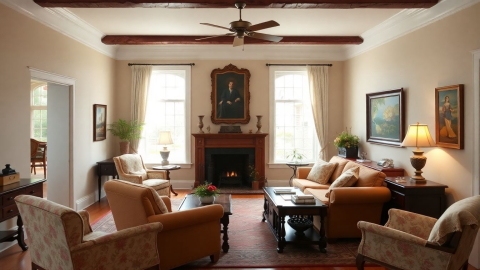
The Timeless Charm of American Colonial Interior Design: A Comprehensive Guide
